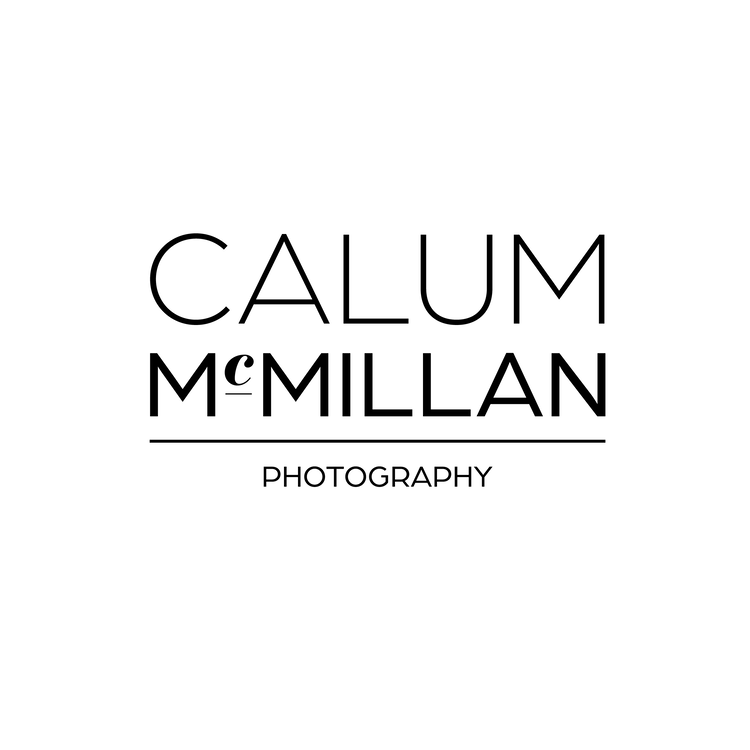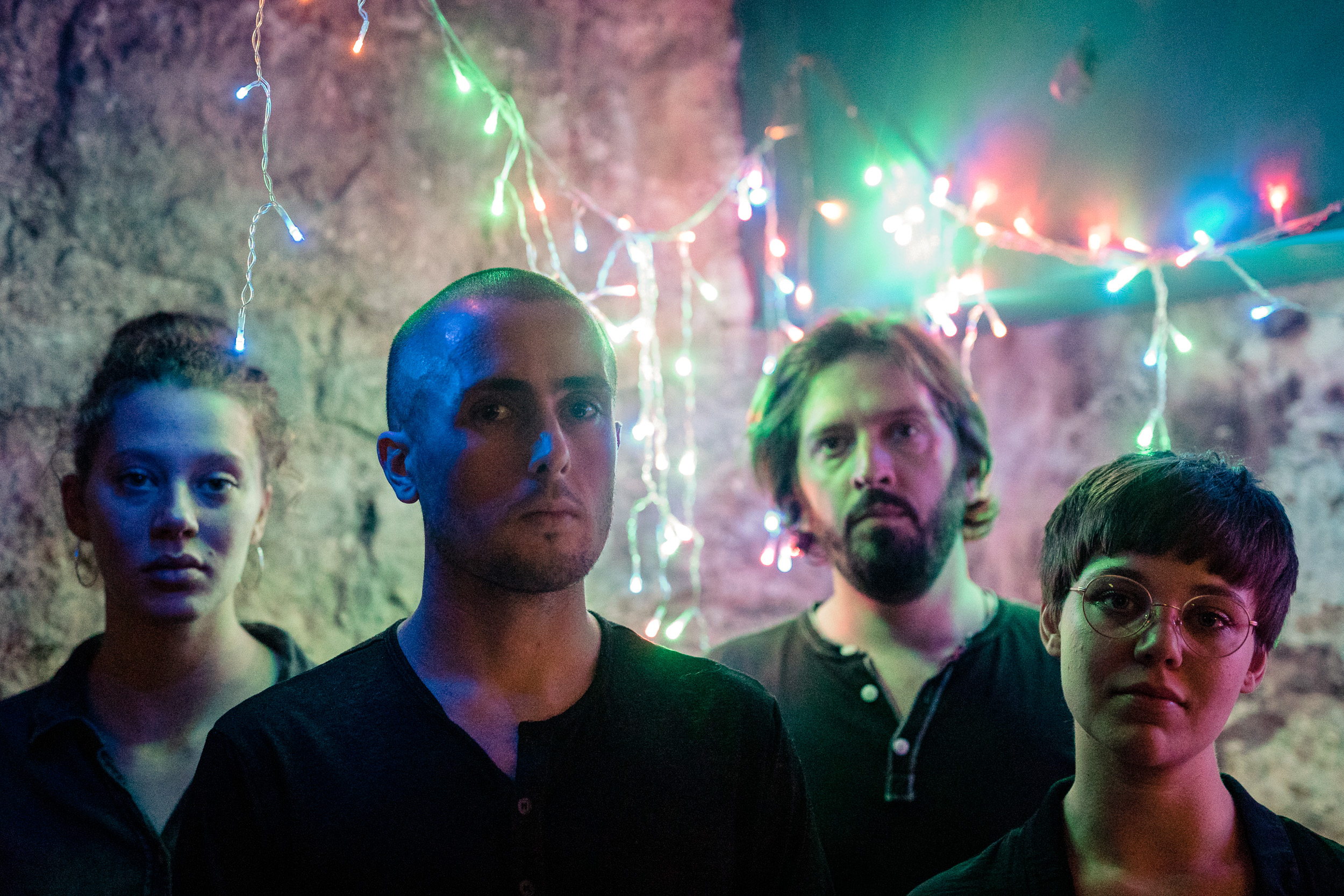The EOS R, Canon’s first full frame mirrorless camera, is also my first brand new camera. My previous workhorse, the incomparable 6D, was second hand and I loved it. But as photography becomes an increasingly larger part of my life, and my profession, it began to reach the point that it wasn’t quite up to task. Mirrorless is undoubtedly the future of photography, so as soon as this was announced I knew it was time to take the jump.
I’ve now had the EOS R since it was released around 5 months ago, so here’s some thoughts after using it shoot a variety of things including live music, portraiture, editorial/brand content, music videos, social content & a wedding. I feel I’ve put it through its paces so here’s my take on some of it’s key features.
The EVF
An EVF is a total game changer. I don’t feel like I’m looking at screen when I use the EOS R. It’s clear, crisp, vibrant and incredibly responsive. Being able to see my exposure in real time, and control all sorts of other read outs within the display, has transformed how reactive I can be when shooting, no matter the scenario.It is genuinely incredible as a feature, especially in the low light environments I’m often taking photographs in and my stubborn insistence on using natural light at all times.
Half Formed Things backstage portrait @ La Belle Angelle, Edinburgh / Canon EOS, 50mm, R f2.0, 1/250, 10000 ISO
Customisation & ergonomics
This camera feels incredible in the hands and it’s super light, even with the monster sized Sigma Art lenses I use almost exclusively. I’ve never held a camera that feels better and more fluid to use.
The controls make perfect sense, the menus are initiative, the touch screen is legitimately incredible and the level of customisation is brilliant. I’ve been able to set up this camera to run exactly how I want to shoot in my own dubious style. I could not ask for more. Well…except another card slot.
Luthia @ The Art School, Glasgow / Canon EOS R, 50mm, f2.0, 1/1000, 1600 ISO
Battery life
I do have to charge my batteries a lot, on most shoots it’s at least once. But that’s because I typically do really long shoots or photograph in environments that require a lot of shots to be taken i.e. weddings. That said, the batteries hold up really well, easily racking up 600 shots before I need to change one. The fact I was able to use the batteries from my 6D for this as well makes this even less of an issue. They also charge quickly too.
Banshee Editorial @ Broadscope Studios, Glasgow / Canon EOS R, 35mm, f4.0, 1/400, 2000 ISO
Video features
In all honesty, full frame 4K would have been nice. So would some better (or in fact, any) in body stabilisation and autofocus at slow mo would be excellent. Canon continues to cripple its hybrid cameras to make video shooters buy its dedicated video cameras. A misguided strategy at best and it’s one that leaves Canon trailing behind the competition from a specs perspective.
That being said, the Dual Pixel Autofocus and it’s tracking in video is incredible, the ability to shoot C-log internally is fantastic for grading and the fully articulated touch screen is marvellous for reactive, run and gun filming. 50 FPS isn’t really inline with the competition, but to be honest it does the job incredibly well for most scenarios. The easy customisation of the camera and its incredible ease of use and excellent economics make up for the obvious shortfalls in features for me.
Canon EOS R, 35mm, f5.0, 1/400, 1000 ISO
Adapting lenses & autofocus
The lens adapter works perfectly with my Sigma Art and Canon lenses. End of story. Totally flawless. I’m excited to eventually get my hands on the version with the ND filter option, which for weddings and outdoor shoots in particular would be wonderful.
In fact, the adapter is so good my battered, third hand, 28mm f2.8, that I haven’t used for like a year, works incredibly well with the updated focusing system!
The autofocus is also flawless with a number of helpful options easily controlled and changed via the touch screen and visible in the EVF while you shoot. The coverage of the entire frame opens up so many more opportunities from a compositional standpoint as well. If they could get the eye AF to compete with Sony though that would be great. Also, the firmware update to let me shoot continuous in silent shooting mode, not just single shot, is looonnng overdue. Once that happens, this will be the perfect wedding camera.
Stravaigin editorial / Canon EOS R, 50mm, f2.8, 1/400, 6400 ISO
The touch bar
A lot of reviewers have labelled this largely pointless, but I find myself using it a lot for quick and easy ISO adjustments, for both video and stills, and I never find myself accidentally triggering it. It’s not an essential or game changing feature by any stretch, but I like it all the same. I can see why people are down on it, but I think that might just because they haven’t found the use for it that works for them yet.
TesseracT @ The Garage, Glasgow / Canon EOS R, 35mm, f2.8, 1/500, 2500 ISO
Frame rate and buffer
Let’s be honest, compared to its competitors, the EOS R is sloooowww. But, the reality is that even when it is slow it’s still pretty fast. From a practical perspective I don’t find using it to shoot action any issue at all and I never find myself missing shoots due to frame rate. So far, it’s also been impossible to outrun the buffer, which is also sick.
In conclusion, I love this camera. It’s brilliant to use, and that’s why I don’t care that Sony, Nikon, Fuji and almost everyone else are outdoing Canon when it comes to the specs. Specs don’t help me get the shots, but this camera does.







